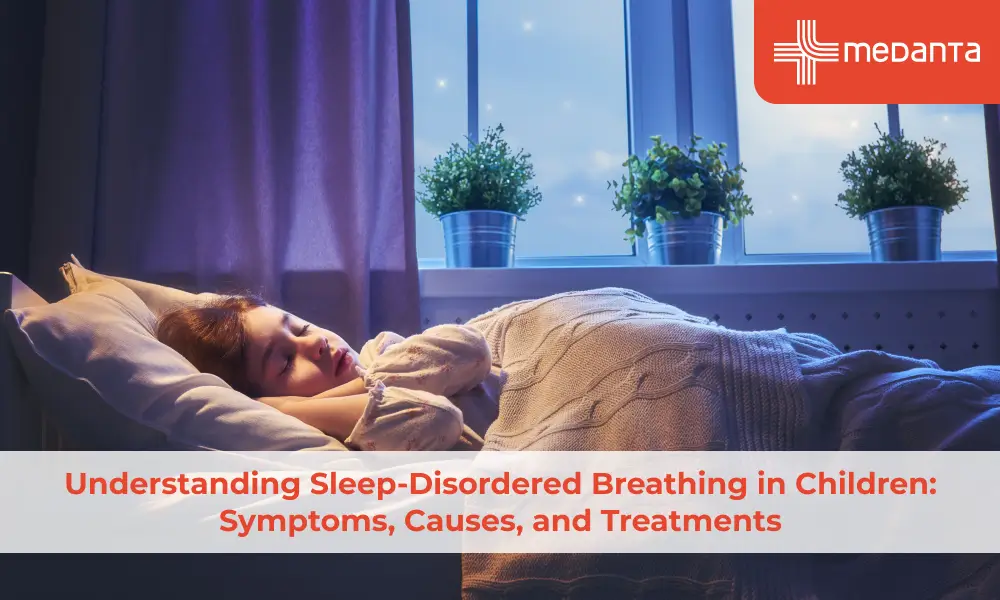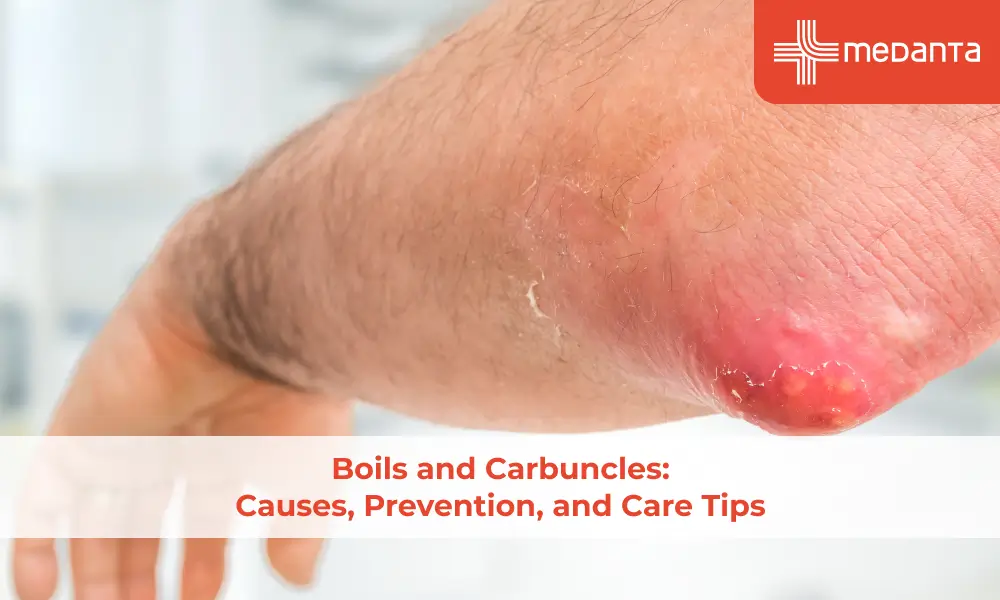Understanding Sleep-Disordered Breathing in Children: Symptoms, Causes, and Treatments

TABLE OF CONTENTS
Sleep –Sleep-disordered breathing is a general term for breathing difficulties during sleep. Sleep-Disorder Breathing range from frequent loud breathing, to OCA a condition where part, or all of the airway is blocked repeatedly during sleep. Airflow can cause an O2 level drop in the blood.
Two to four percent of children suffer from OSA and sleep-disordered breathing, and roughly ten percent of children snore regularly. If your child is showing similar issues, it is time to consult with a pediatric dentist and start treatment!
What is Sleep-Disordered Breathing in Children?
Your child's breathing rhythm may become irregular while they sleep due to a common disorder called childhood sleep apnea. If your child's airway is blocked or obstructed, or, if their brain isn't connecting with their breathing muscles, their breathing will falter and cause sleep disorder! The child's brain will tell their lungs to breathe when it detects variations in the amount of air they are taking in, and the child may wake up a lot during the night as a result of this.
Even if they are brief, these disruptions caused by pediatric sleep apnea have an impact on your child's sleep schedule, and they could be more exhausted during the day as a result. The majority of sleep apnea risk factors in children cannot be avoided, but regular exercise can help lower your child's chance of developing obstructive sleep apnea. Avoiding places where tobacco smoke is present, taking care of seasonal allergies, etc. can also help in managing the condition.
Causes of Sleep-Disordered Breathing in Children
Obstructive childhood sleep apnea is brought on by a blockage or obstruction in your child's airways, but central sleep apnea is caused by a miscommunication between your child's brain and the muscles in their airway.
Airway obstructions may be due to :
Enlarged tonsils or adenoids - The back of your neck contains these glands, and if your child has inflammation or an infection, they may enlarge. Their glands may be bigger than usual due to a hereditary feature, and both of these conditions cause trouble!
Muscle tone changes - Certain genetic disorders, such as cerebral palsy or Down syndrome, might alter the tone of the muscles in your child's head and neck. Even though your child's muscle tone may be normal during the day, it may drop at night, which allows tissue to clump together and obstruct the airway.
Anomalies in bone structure - Your child's air intake may be impacted by a narrow facial bone structure, such as an overbite or tiny jaw.
A few additional factors that may increase a child's risk of developing sleep-disordered breathing include obesity, cerebral palsy, issues with the mouth, jaw, or throat that restrict the airway, down syndrome, a wide tongue that can slide back and block the airway as they sleep, and a family history of OSA.
Types of Childhood Sleep-Disordered Breathing
Childhood sleep apnea comes in three varieties:
Obstructive sleep apnea | The most prevalent kind of sleep apnea in children is obstructive sleep apnea, which happens when your child's airways are obstructed. |
Central sleep apnea | One uncommon kind of sleep apnea is central sleep apnea, and newborns are commonly affected. It occurs when the brain of a baby struggles to communicate with the breathing muscles. |
Mixed sleep apnea | Treatment-emergent central sleep apnea, also known as mixed sleep apnea, happens when a child with obstructive sleep apnea develops central sleep apnea after receiving therapy with a continuous positive airway pressure (CPAP) machine. |
What Are the Signs and Symptoms of Sleep-Disordered Breathing in Children?
These are the symptoms of sleep-disordered breathing in children:
Mouth breathing or drooling of saliva.
Roams around in bed at night during sleep.
Wakes up multiple times at night.
Bed wetting.
Short attention span or ADHD
Bruxism.
Frequent cold and cough.
Irregular teeth or crowding of teeth.
Loud breathing or snoring
Treatment of Sleep-Disordered Breathing in Children
A paediatric dentist may be the first one to screen the child for potential Sleep-Disordered Breathing:
Does not wake up fresh in the morning, may wake up with a headache in morning
Daytime fatigue or sleepiness
Child may be a picky eater
Management of Sleep-Disordered Breathing in children
Pediatric dentists may be the first one to screen the child for potential SDB as they can identify risk factors like irregular teeth, improper growth of jaws which may contribute to SDB in children.
Then the pediatric dentist may collaborate with other physicians like ENT, Pediatrician etc. to reach a diagnosis.
Treatment of SDB in children
The treatment plan is aimed towards improving the airway of the child:
It may include dental appliances to grow or reposition the jaws in proper direction.
Medical management.
Final Remarks
Sleep-disordered breathing, also known as obstructive sleep apnea may manifest differently in children than adults! Lack of restful sleep and constant stress from medical issues make children irritable, and as a result, they often become inattentive! Unlike adults, the primary risk factor for children is having larger-than-normal tonsils and adenoids for this sleeping disorder.
Always remember early detection and proper treatment of pediatric obstructive sleep apnea are critical for the child's health and later complications and other medical issues can be avoided with early treatment. When these issues start occurring, parents must take the child to a specialist without delay and begin treatment immediately!
To consult with top pediatricians in India, call Medanta and book an appointment over the phone!






